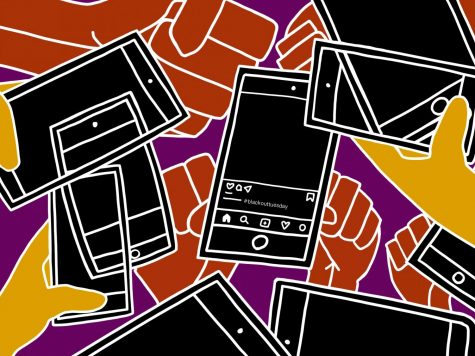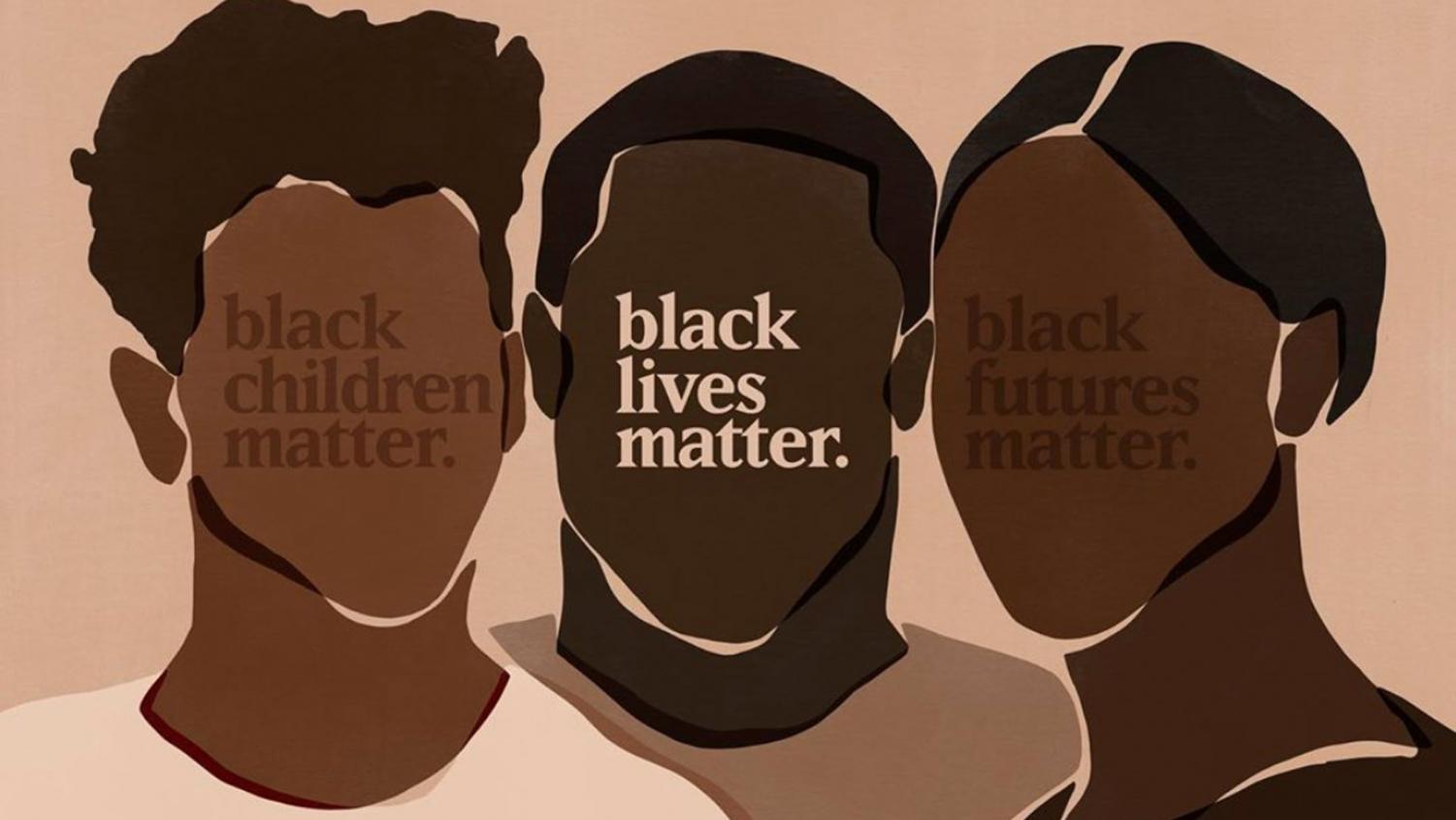Black Lives Matter: The Series
Performative Activism
March 1, 2021

The past year has brought a unique combination: a rise in activism and a pandemic. While Black Lives Matter is a major presence through public demonstrations, one product of this dynamic is a rise in the significance of social media. Over the past year, social media has seen an increase of discussion over the BLM movement, with posts and videos spreading information across different platforms.
One byproduct of this explosion of social discourse is something known as performative activism: a surface level form of advocacy motivated by social recognition, rather than to push forth ideas and change. For instance, a user on social media may be motivated to post content for likes, rather than to spread information about police corruption and violence.
Camille Young, a senior at Long Reach, talked about her positions on performative activism in an interview. When asked about her view on the subject, Young described it as “activism with quotation marks,” and regarded this shallow form of engagement as more self-serving than for the purposes of advocacy.
However, the big question is how such activism affects the BLM movement as a whole. While it is true that activism can exist in various forms, such as social media posts or attending protests, it often leaves a sour taste when this activism conflicts with the subject behind the message.
“Actions should match your words,” Young explained. That is a major part of activism, especially in the past year where the conversation is forced online, where whether what is said can be meaningfully converted into genuine change. There are plenty of posts and hashtags that can be reposted and shared, but for some, sharing alone is not enough to push through change as it can be clouded by a motivation for social recognition.
So, how should people who seek change receive performative activism? When asked about the impacts of performative action, Young noted, “More people are trying to educate themselves … In a way, it positively influences, but it has some negative ties to it.” Though convoluted by ulterior motives, some performative activism can still spread some kind of awareness.
However, Young finds one thing especially crucial: “Hold yourself accountable and be mindful that you want to be a person whose actions match your words.” In the end, conviction behind words can lead to genuine change, and Young later emphasized the importance of activism toward getting votes to enact legislation. At the end, these forms of activism push for a greater societal shift, and a keystone of doing so is voicing your opinion on the ballot.
Though performative activism may make the BLM seem like a trend, it should not take away from the weight and significance of racial reconciliation in the United States. Even with disingenuous hashtags and shallow activism, the movement, Young states: “[is] not instantaneous, but we steadily move in the right direction.”

